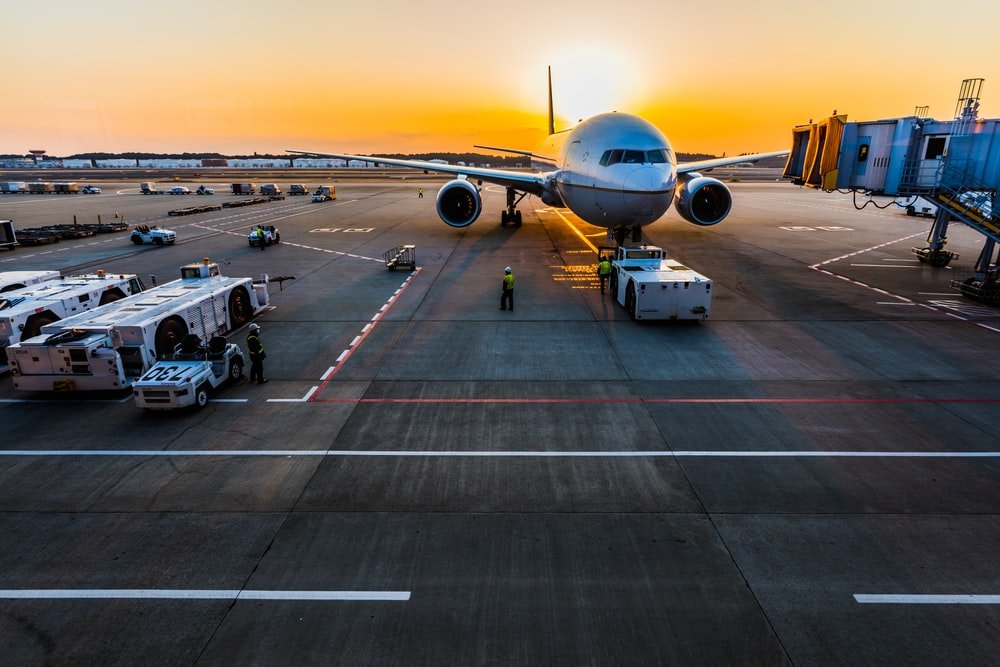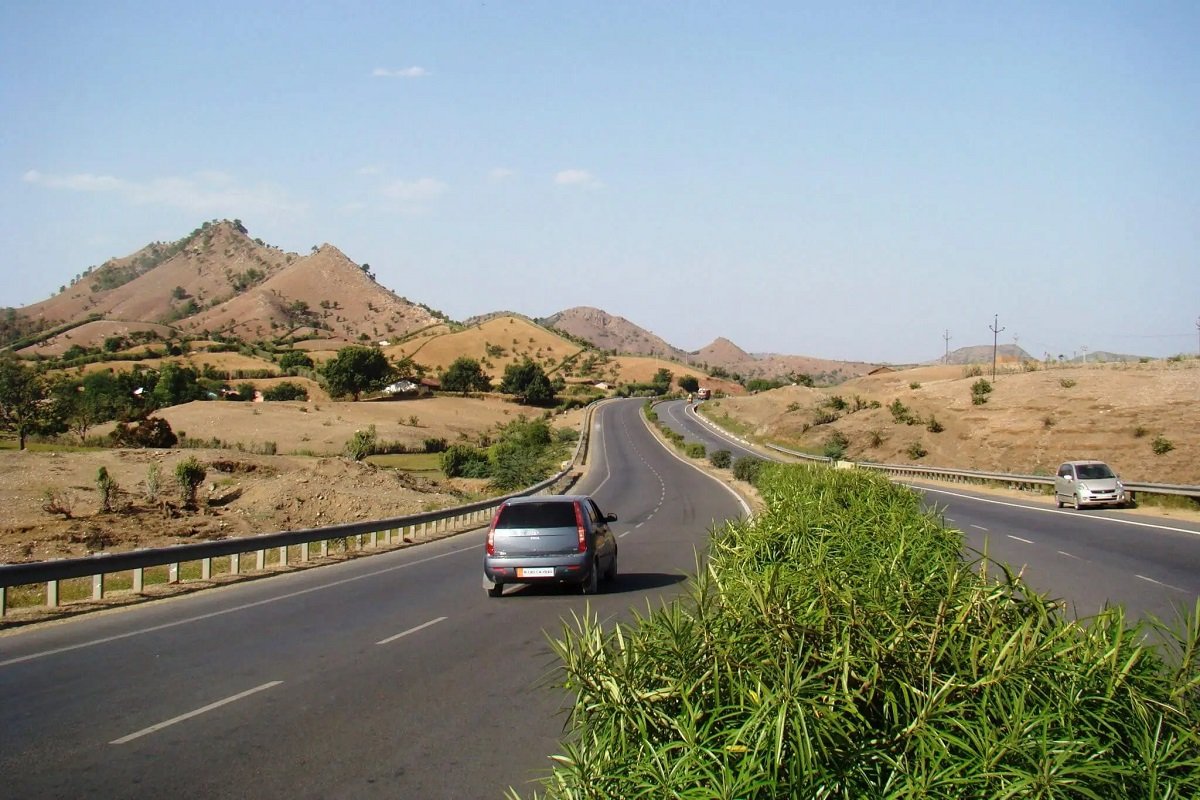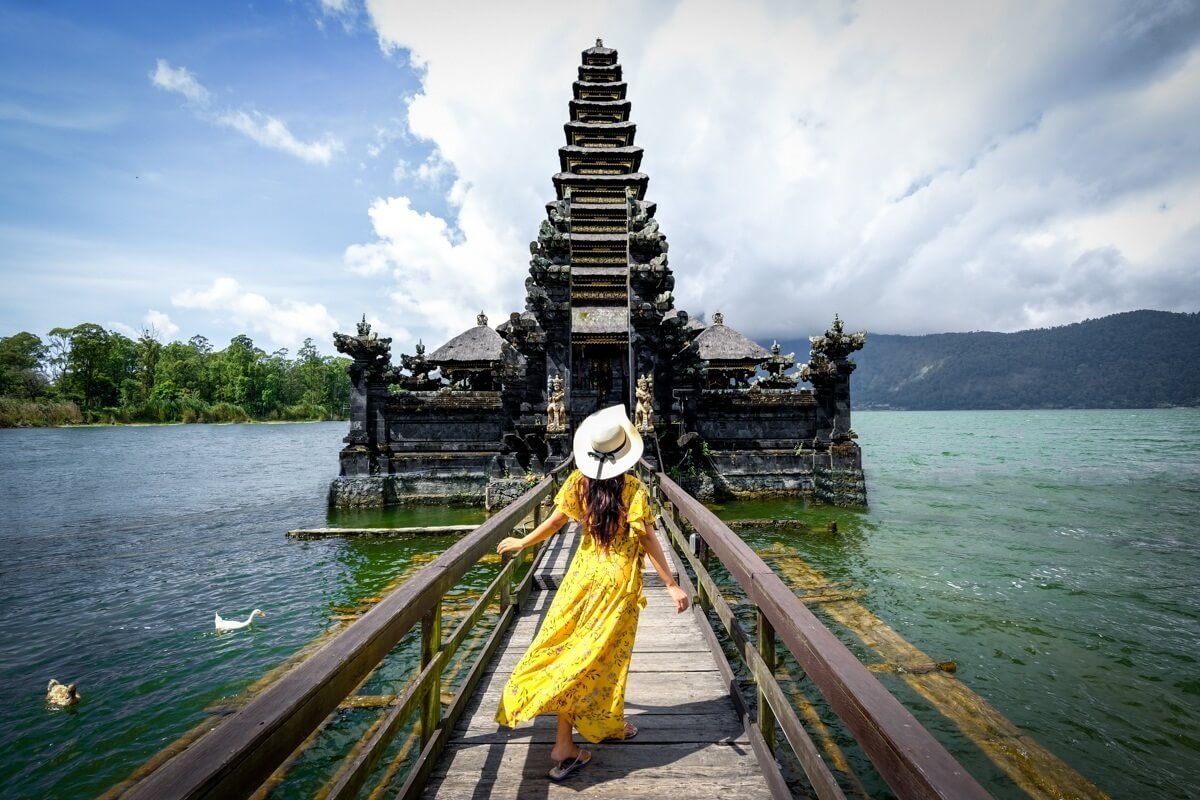If you travel to Asia, you will see cute animals, mostly baby animals, with cute clothes and cute accessories, and ready to take pictures. No one will deny that puppies are very cute and cuddly. Everyone would love to take a photo with them and upload them to social media. It’s hard to resist touching their tiny, fluffy bodies! But who knows if a single photo shoot equals a miserable life for them. Let’s read more.
Most animals used as photo props are cute and photogenic babies. Where do babies come from? If they tell you that the animals are domesticated, that’s probably a lie. While true, separating small babies from mothers is upsetting on both sides. Wildlife in captivity are prone to stress (other than having a large enclosure and getting plenty of natural food each day, which is unlikely in this case) and do not breed easily in a stressful situation.
Most of the animals obtained for photographic scenes are wild and The easiest way to catch a baby animal is to kill its mother.. Once the animal grows up, they are no longer as cute as they used to be and are no longer so easy to handle. So what happens when they become adults? They will likely kill adult animals, give them to a small zoo, or leave them in small dirty cages with a minimal amount of food for them to barely survive.
To entertain tourists without hurting them, the animals used in the photographic scenes went through horrific and abusive processes to tame them. In addition to being subjected to animal abuse, often the weapons (read: body parts) of these animals are removed. All animals have special weapons and defense mechanisms. Loris have venomous bites. To avoid hurting tourists, their teeth need to be extracted, but removing a loris’s teeth requires a lot of effort and money for drugs. The easiest way to prevent it from biting you is by clipping its teeth, exposing the root of the tooth to bacteria, leading to a root abscess. Watch the painful process of loris teething in this video.
For more aggressive animals like tigers, lions or bears, a sedative drug is often used to placate them, but it still doesn’t stop them from attacking tourists. Dangerous animals also have their claws removed so they don’t harm tourists or gold mines. If a tourist gets hurt and spreads the news, imagine that they can no longer make any money.
Elephants are physically abused by sharp metals to control them. Because the baby elephants are not given enough food, they starve and beg tourists for food. Never take food from the owners.
Enough about the life of the animal. Now let’s talk about your life. Have you ever thought about taking care of animals? can bring wildlife disease transmitted from animals to humans and spread it to people? You never know which bacteria, viruses, parasites or fungi the animal is carrying. You get germs when you touch them, but you can’t wash your hands because you think the animals are healthy. Congratulations, you can now infect anyone, including yourself.
If you’re a foreigner/westerner, just because this exotic pet isn’t home is no excuse to take a picture with it. This kind of attitude is exactly what started exploitation in Asia.
Locals are usually not that interested in the animals they can see every day and are not willing to pay high sums for it. On the contrary, foreigners are willing to pay huge sums to get this so-called ‘once in a lifetime’ experience. If you take and upload a photo of you posing with an animal, you will encourage more people to do the same. More and more people are coming to make this wildlife-exploiting tourist trap. More and more animals will be caught from the wild and mistreated by their owners.
Now you know the truth. Think twice before taking pictures with them and don’t make any contributions for them. Please be a smart traveler.






